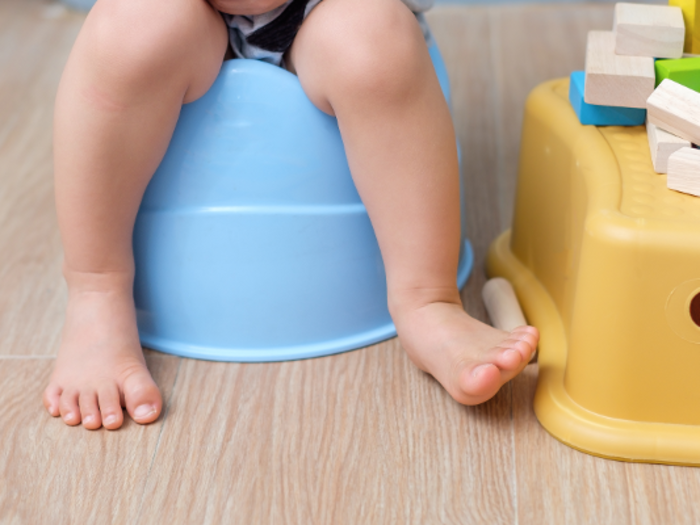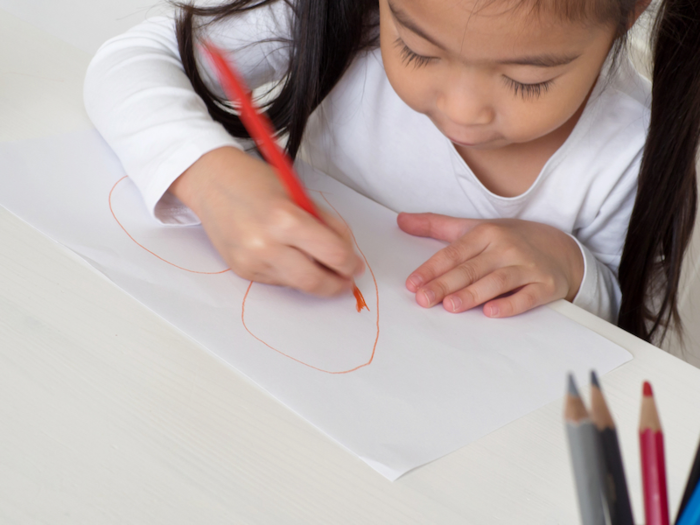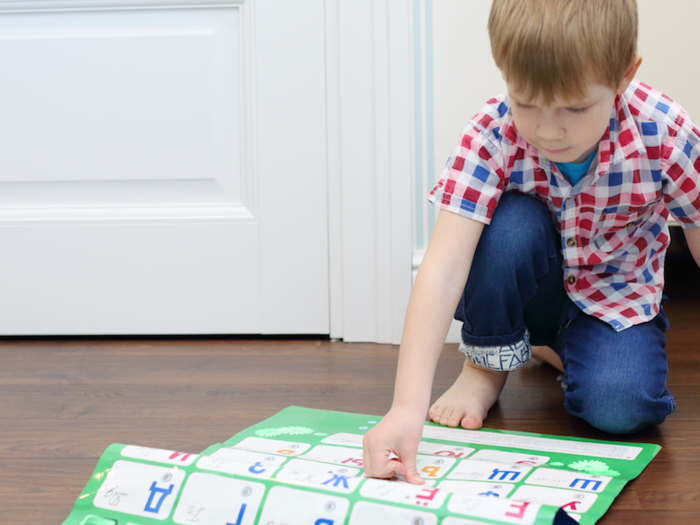- Home
- slideshows
- miscellaneous
- The 4 biggest mistakes that I made before my kid turned 5
The 4 biggest mistakes that I made before my kid turned 5
1. I believed that breast milk was irreplaceable

2. I assumed that potty training would be a breeze

My mother always raved about the traditional Chinese toilet training method, where parents use a whistling sound to teach babies to relieve themselves into the toilet on command.
Instead, I opted for the American Academy of Pediatrics’ child-readiness method, where you wait for cues from the child that they’re ready to start using the toilet. The natural approach appealed to me. However, I was not mentally prepared for how slow the process would be.
I encouraged with hugs and stickers, paused if my son showed no interest, read numerous potty-training books, and praised his successes with treats. There was not much progress a year into his toilet training. It was more painful than giving birth!
I was anxious that he would still be in training pants when he started school. Finally, a few days after he turned three and a half, he instantly grasped the whole thing!
In retrospect, I could have given the aggressive 3-day method a shot. There has yet to be a scientific answer about which is the most effective way of potty training, according to a review of research on the topic. It’s all about trial and error.
3. I thought that I could purge my kid’s artwork at will

Don’t get me wrong — I care about my son’s creativity. We talk about his ideas and presentation whenever he brings home projects.
At the same time, I’m a neat freak. We were flooded with arts and crafts when he entered preschool. I barely felt a twinge of guilt when I tossed out stickers with lousy adhesive, glitter art that got everywhere, and half-baked coloring pages.
One day, my son spotted his drawing of a (hardly decipherable) ice cream in the trash, and he had a total meltdown. He screamed at me for throwing away a project he liked and still wanted to work on. I was glad that he let his true emotions out, and I apologized profusely for my carelessness.
I’ve learned the hard way to always, always talk to my child, respond to his feelings, and involve him in the decision-making process — even if it’s over a picture of ice cream.
4. I didn’t teach him that losing was fine

My son was born and lived his first 20 months in the heart of Silicon Valley, where entrepreneurs wear failure as a badge of honor. Yet I failed to instill in him an embrace of failure early on.
I let him indulge his “tricks” in board games: sifting through cards in Candy Land or changing the number of the dice in Chutes and Ladders. But when he lost, he stopped playing.
Later, I stumbled on “Raising Lifelong Learners”, which had helped me change my behaviors. “Cheating in a board game is not about a lack of morals, but about a child having too much at stake in a game and feeling threatened. If we accost such a child for cheating, he may never play the game again. And so we need, instead, to help children lose with their self-confidence intact,” the author writes.
Now I stop games immediately if he tries to play “tricks.” We also play until everyone completes the game so that he doesn’t give up easily.
Navigating the choppy waters from raising an infant to a preschooler gave me waves of opportunity to learn and grow. At the end of the day, setting our children up for happiness and success in the long run isn’t as simple as breastfeeding them.
It’s about the time and efforts we expend to connect with them physically and emotionally in early years that is more likely to predict their competence in adulthood.
Popular Right Now
Popular Keywords
Advertisement